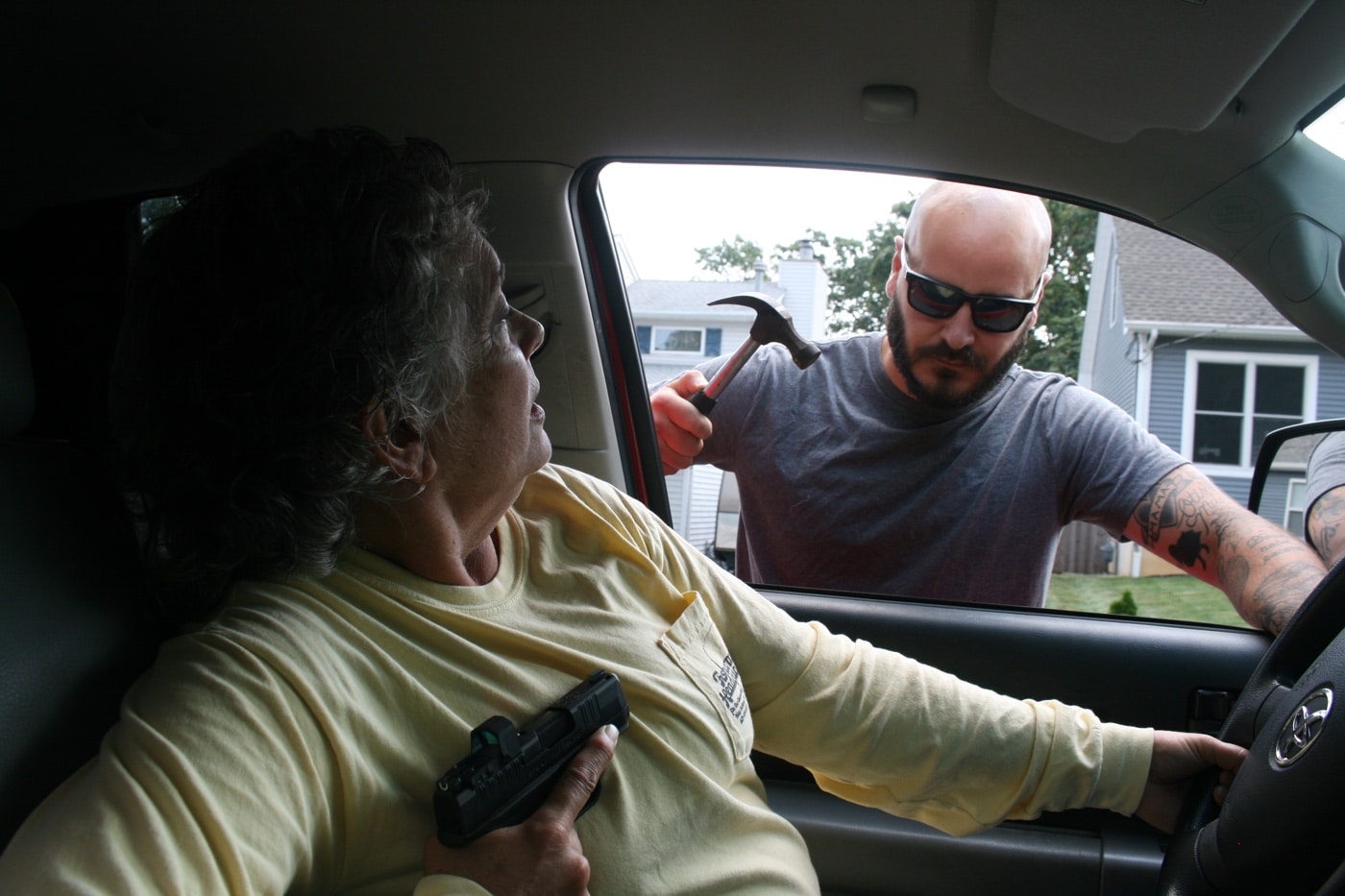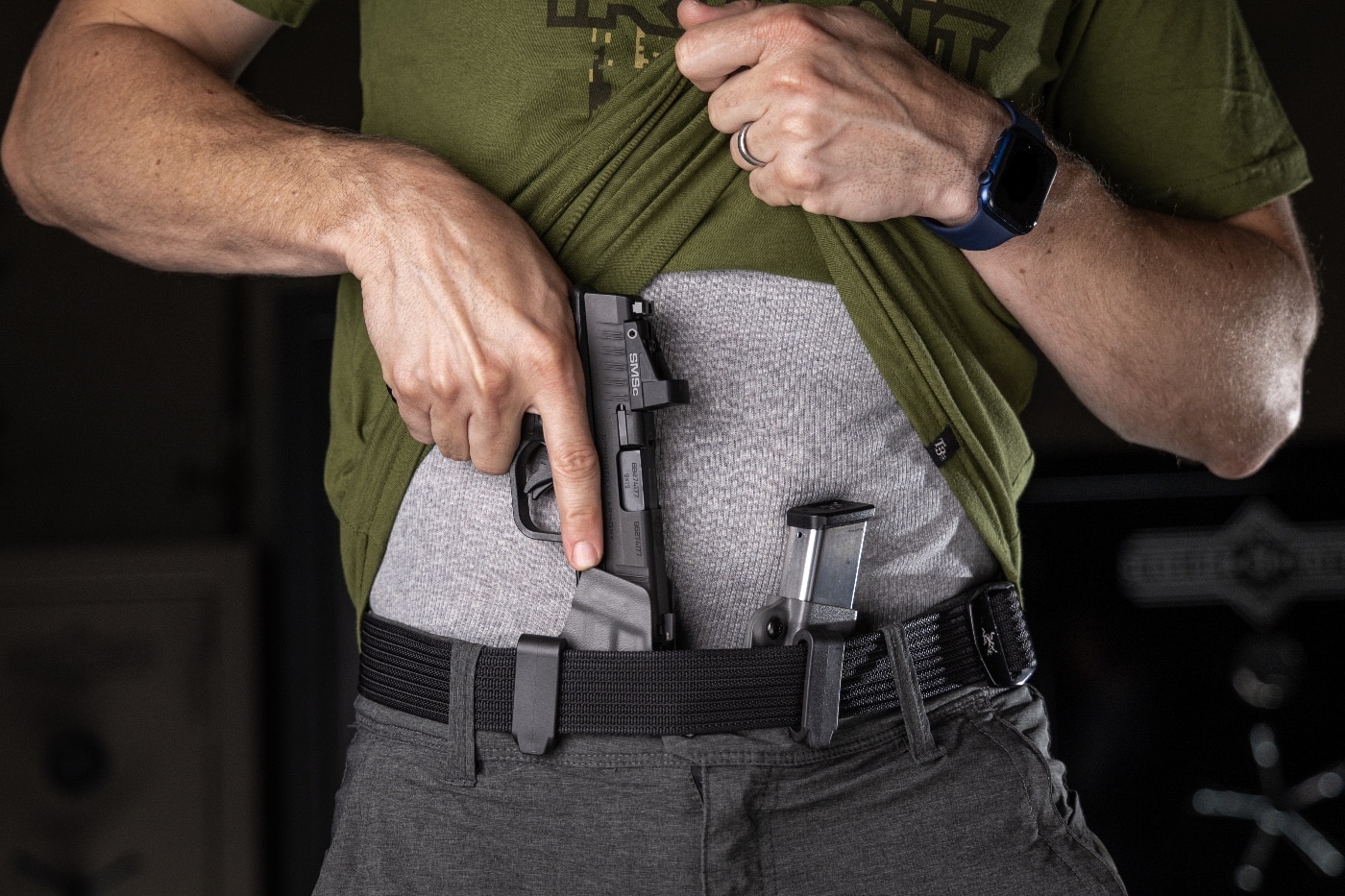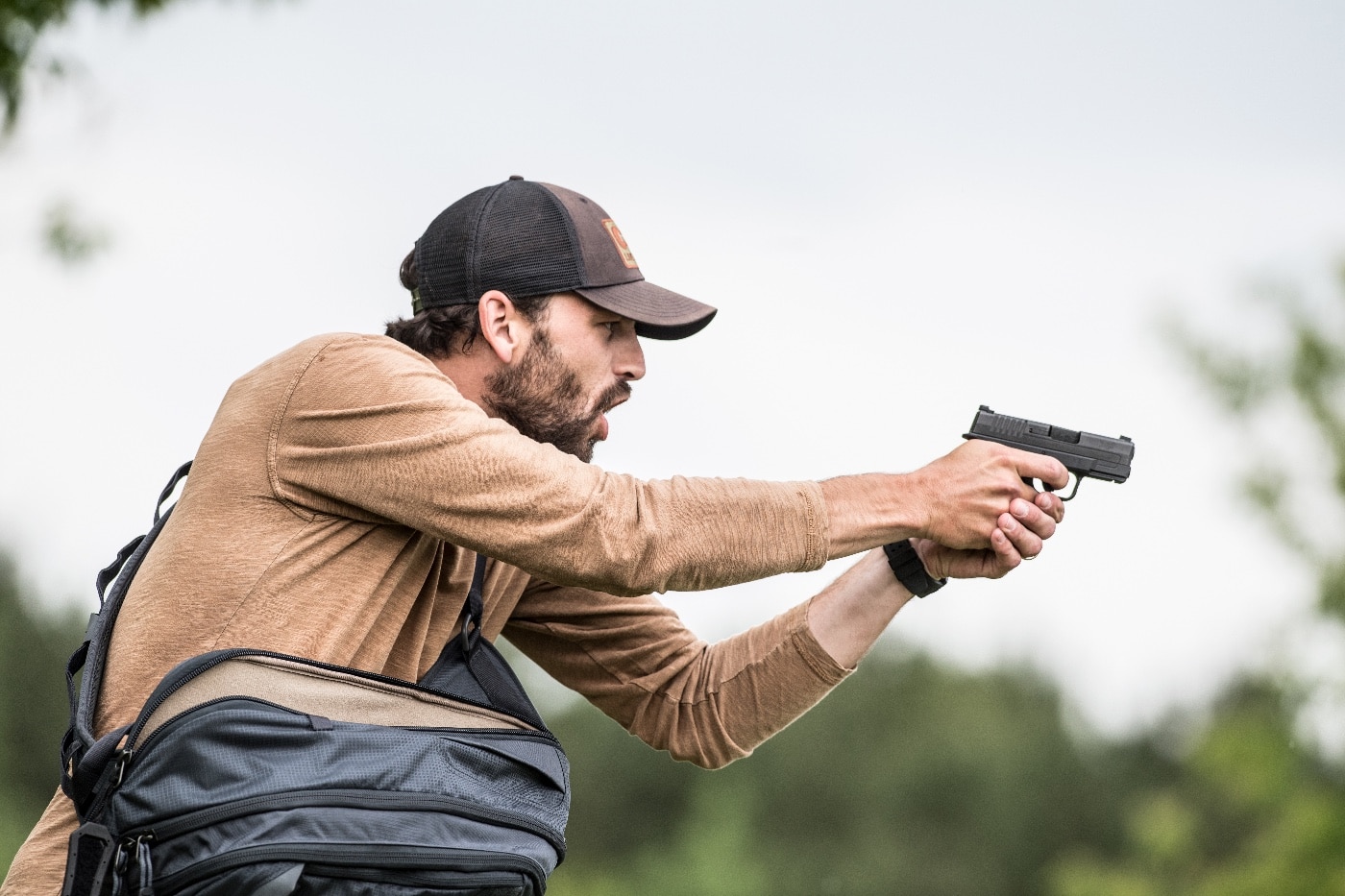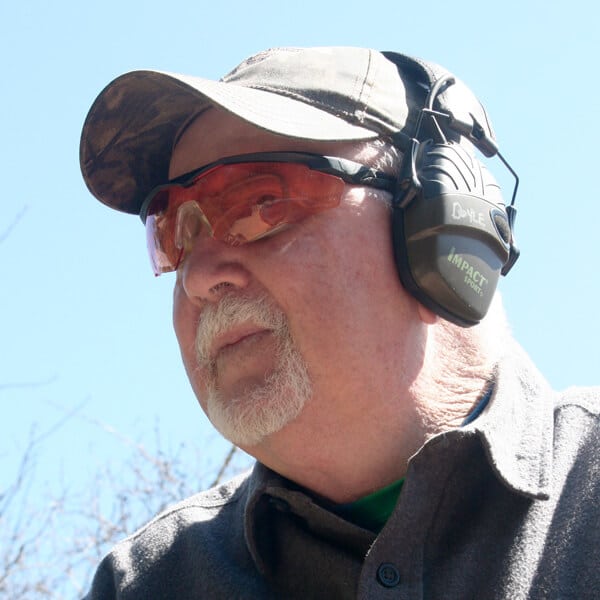Will You Use Your CCW If You Are Attacked?
February 15th, 2024
5 minute read
Editor’s Note: The statements reflected in this piece are the author’s opinion and do not constitute legal advice. Please familiarize yourself with your local laws.
Today, more and more people have gotten serious about personal defense. In certain areas of the country, there has been a spike in violent crime and, after many years of relative calm, social unrest has once again reared its ugly head.

Clearly, this is of great importance to those concerned about personal safety and many have taken steps to minimize their risk to avoid becoming a victim. This can range from being more aware as to what is going on around them, avoiding certain places or areas, getting involved in the martial arts, or purchasing a firearm.
Quite frankly, there are no shortcuts or magic solutions to remaining safe. Over the years, we have all been witness to products that are promoted as the ultimate solution to shut down a determined adversary with no fuss or muss and let you continue on your merry way. That unfortunately is fantasy land and, in reality, the only way to stop an unavoidable attack is to respond with sufficient violence to shut down an aggressor.

Violence can be defined as behavior involving physical force intended to hurt, damage, or kill someone or something. Since early childhood, most squared-away citizens have been programmed by parents, clergy members, teachers, etc., that violence is evil and something that should be avoided. But what if we find ourselves in a situation where the actions of an assailant are so severe that they, if unchecked, would result in serious injury or our untimely demise?
To cut right to the chase, violence in itself can be either good or bad. It all depends on the context of how it is applied. A gangbanger beating up an elderly woman to steal her purse is the personification of evil. On the other end of the scale, a police officer shooting a hostage-taker and preventing tragedy would be viewed in an entirely different light.
A Key Component
Although skill, tactics and gear are important components in prevailing against an unprovoked attack, they do indeed take a back seat to mindset. If your head isn’t in the game, honed skill and the best gear money can buy will not save your bacon. A winner’s mindset is comprised of two elements: awareness and willingness. If you are oblivious to what is going on around you, it will be difficult if not impossible to defeat an attack. Stay tuned in!

The second element is sometimes a bit more difficult to convey. Willingness means that you are prepared to do whatever it takes to see that you prevail. That, fair reader, includes using extreme violence. Shooting someone would be unlike anything you have seen on television, and your mental state will be significantly altered. But if you are forced to act, and you do — effectively — you can survive.
From a training perspective, this is not always an easy sell. I have been involved in use-of-force training for most of my adult life, primarily with law enforcement personnel and more recently with some responsible citizens. I have had some cops test the waters for a short while and then determine the stakes were simply too high. They moved on to a different career path.
More than once, I have heard a well-intentioned citizen say they really couldn’t shoot anybody but would merely brandish the gun with the hope the bad guy would run away. What they fail to recognize is that many predators will hardly be impressed and will recognize their unwillingness to follow through. The end result is that the attack continues, and now with even more dire consequences and risks.
Being Willing
An example of willingness I have often used in my training comes from the book, “The Shootist” by Glendon Swarthout. This book was the basis for John Wayne’s last movie where he portrays the legendary gunfighter J.B. Books. In one memorable scene in the movie, actor Ron Howard boasts to Wayne that he performed just as well as he had while they were shooting bottles with a sixgun. John Wayne’s retort is priceless:

“It isn’t being fast or even accurate that counts. It’s being willing. I found out early that most men aren’t willing. They blink an eye or draw a breath before they pull the trigger. I won’t”.
Some might take exception to using this fictional example from the silver screen as a key to understanding willingness in the real world, but I feel it is spot on and continue to use it in my training. Before strapping that gun on as either a police officer or an armed citizen, you had better have come to terms with the fact that you may have to use it to take a human life. The bottom line is that there is no time at the “moment of truth” to reflect on this.
Breaking down the Barriers
A stumbling block for many people in using any measure of force in self-defense remains prior programming. While I respect those who have adopted a non-confrontational approach to aggression, I take a somewhat different view. Defense of one’s own life is not murder, and I will hang my hat on that.

No matter if you are utilizing either a low or high level of force to stop an assault, you need to be on firm legal ground and become intimately familiar with the laws of your state in reference to personal defense. Even with the most righteous of applications, you will be in for a rocky ride should you utilize a higher force option that results in a serious injury. Don’t complicate it by doing something contrary to the law.
The mental and psychological aspects of using force are something to be considered before taking up the gun. This requires some serious soul-searching before taking that big step. Violence may not be the path we choose to go down, but at times there may simply be no alternative for you. Pray we never find ourselves in that situation.
Editor’s Note: Please be sure to check out The Armory Life Forum, where you can comment about our daily articles, as well as just talk guns and gear. Click the “Go To Forum Thread” link below to jump in and discuss this article and much more!
Join the Discussion
Continue Reading
Did you enjoy this article?

 951
951





